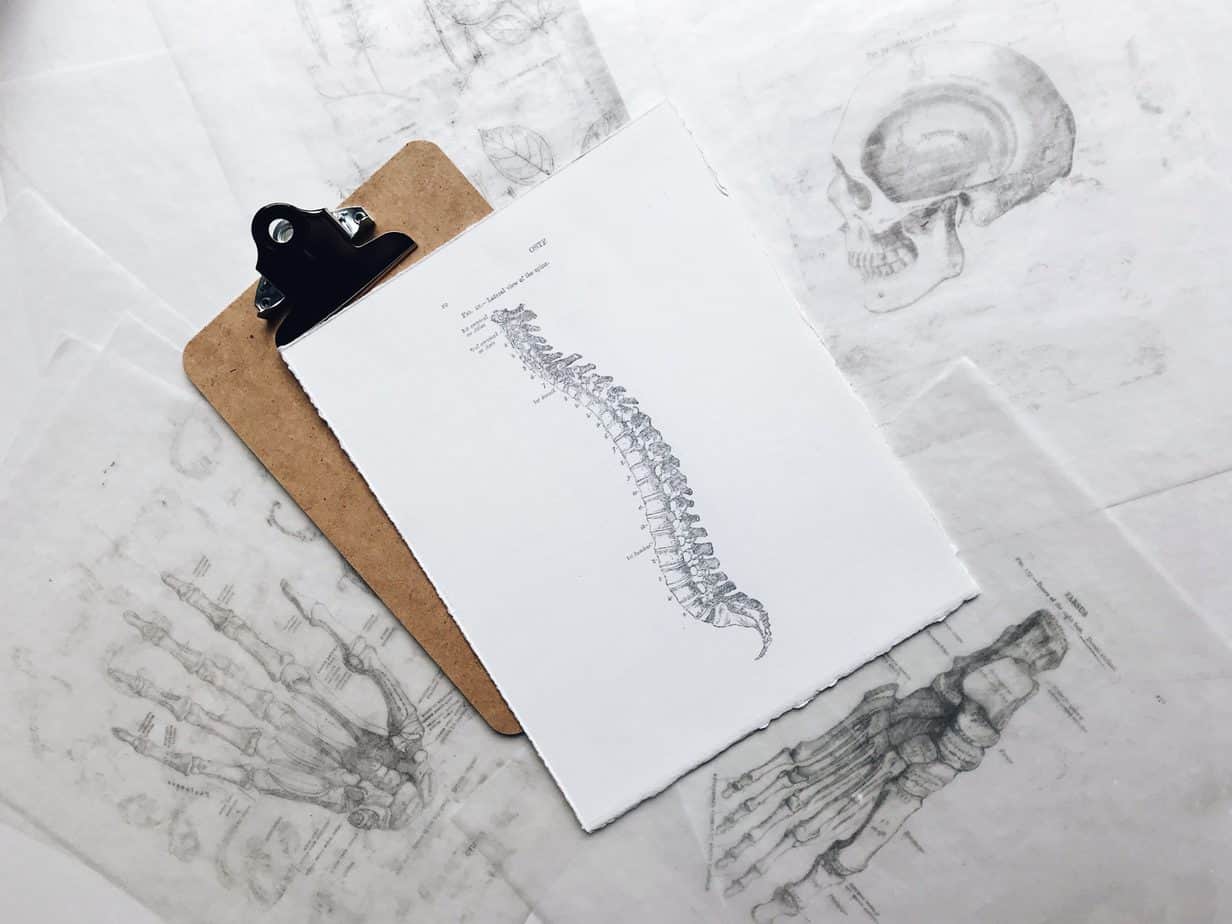Your pelvis can have a traffic jam too

This weeks focus is on pelvic congestion syndrome (PCS) which is basically what it sounds like. It’s not fully understood by science but it’s believed that a back up in the circulatory system within the pelvic cavity occurs. It is more common after pregnancy. The veins in the pelvis have an overflow of blood and become incompetent causing a backup. The blood stasis causes inflammation which leads pain and a cascade of events (muscle spasm, connective tissue tightness, decreased mobility of soft tissue in the area). Image the FDR at rush hour on a Friday afternoon and every car is slowing down to check out a breakdown on the side of the road.
Symptoms
The pain associated with PCS is generally chronic. It worsens with prolonged standing, around menstrual cycles, after intercourse and with certain activities. Science is still researching PCS. Therefore there is no standard approach in management since science hasn’t nailed down the Why and How components. Pelvic congestion syndrome is never diagnosed in menopausal women so scientists believe there is a strong link with estrogen being a factor.
Presentation
Women are generally diagnosed on clinical presentation. Things that affect this include; dull, throbbing pain in the vulvar region for more than 6 months, pain starting during pregnancy or in the postpartum period, worse pain during a menstrual cycle, increasing pain at the end of the day or with prolonged activities, varicose veins in the inner thighs, buttock or vulvar region, and/or hemorrhoids. The ovarian region is usually tender to palpation and a history of pain after intercourse are two clinical signs that help to rule in diagnosis (94% of sensitivity, and 74% of specificity).
Diagnosis
On a more positive note venography is the gold standard to diagnose PCS and embolization of the dilated vein which can be done at the time of the test is successful in 98-100% of cases. Recurrence was reported in less than 8%. Medications used to treat PCS include hormonal suppression therapy and anti-inflammatories to relieve pain in the short term.
Pelvic Health PT
Pelvic floor physical therapy comes in to manage symptoms conservatively. Pelvic floor dysfunction and chronic pelvic pain are two commonly reported in PCS. At Body Harmony Physical Therapy a full examination is carried out. Each plan of care is tailored to a patients specific needs and may include manual therapy, soft tissue mobilization, visceral mobilization, lymphatic drainage massage, posture re-education and neuromuscular re-education of the pelvic floor, pelvis and abdomen, use of ultrasound guided biofeedback.
Written by Irene Hernandez, PT Edited by: Keely Faridi, PT
References:
Robertson and McCuaig. Pelvic Congestion Syndrome. Australasian Journal of Ultrasound in Medicine. Feb; 16(1): 26–29. Accessed 4/25/2019. https://www.ncbi.nlm.nih.gov/pmc/articles/PMC5029977/#ajum00094-bib-0001







